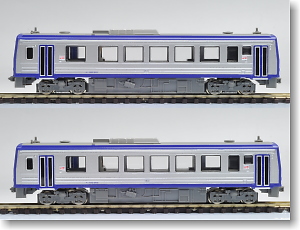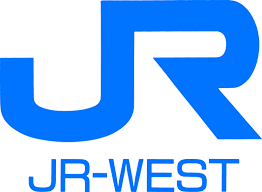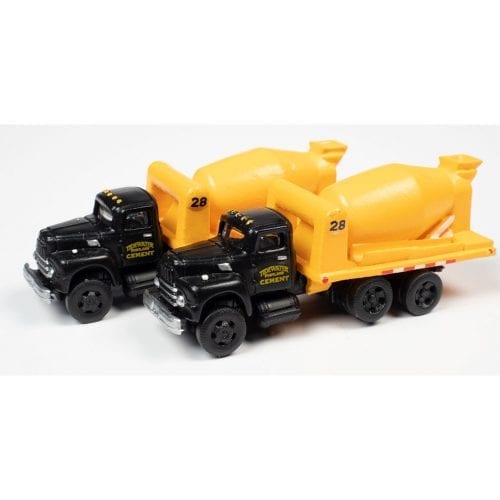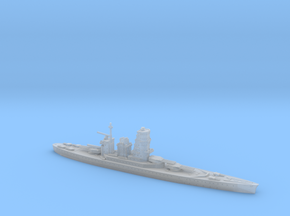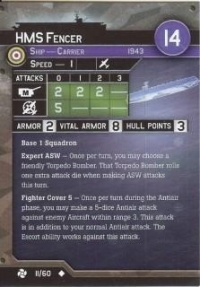Road Name History: JR-West was incorporated as a business corporation (kabushiki kaisha) on April 1, 1987 as part of the breakup of government-owned Japanese National Railways (JNR). Initially, it was a wholly owned subsidiary of the JNR Settlement Corporation (JNRSC), a special company created to hold the assets of the former JNR while they were shuffled among the new JR companies.
For the first four years of its existence, JR-West leased its highest-revenue line, the Sanyō Shinkansen, from the separate Shinkansen Holding Corporation. JR-West purchased the line in October 1991 at a cost of 974.1 billion JPY (about US$7.2 billion) in long-term payable debt.
JNRSC sold 68.3% of JR-West in an initial public offering on the Tokyo Stock Exchange in October 1996. After JNRSC was dissolved in October 1998, its shares of JR-West were transferred to the government-owned Japan Railway Construction Public Corporation (JRCC), which merged into the Japan Railway Construction, Transport and Technology Agency (JRTT) as part of a bureaucratic reform package in October 2003. JRTT offered all of its shares in JR-West to the public in an international IPO in 2004, ending the era of government ownership of JR-West. JR-West is now listed on the Tokyo Stock Exchange, Nagoya Stock Exchange, Osaka Securities Exchange and the Fukuoka Stock Exchange.
From Wikipedia
For the first four years of its existence, JR-West leased its highest-revenue line, the Sanyō Shinkansen, from the separate Shinkansen Holding Corporation. JR-West purchased the line in October 1991 at a cost of 974.1 billion JPY (about US$7.2 billion) in long-term payable debt.
JNRSC sold 68.3% of JR-West in an initial public offering on the Tokyo Stock Exchange in October 1996. After JNRSC was dissolved in October 1998, its shares of JR-West were transferred to the government-owned Japan Railway Construction Public Corporation (JRCC), which merged into the Japan Railway Construction, Transport and Technology Agency (JRTT) as part of a bureaucratic reform package in October 2003. JRTT offered all of its shares in JR-West to the public in an international IPO in 2004, ending the era of government ownership of JR-West. JR-West is now listed on the Tokyo Stock Exchange, Nagoya Stock Exchange, Osaka Securities Exchange and the Fukuoka Stock Exchange.
From Wikipedia
Brand/Importer Information:  Tomix is a brand of Takara Tomy, a large Japanese conglomerate of companies that makes toys and games for the international marketplace. The Tomix brand (along with the Tomytec brand) are both managed by the Tomytec subsidiary/division of Takara Tomy. Prior to 1976 Tomy produced model trains using the "Tomy" brand name of the products. In 1976, they launched the new brand "Tomix" to segregate their model trains from their childrens toy lines.
Tomix is a brand of Takara Tomy, a large Japanese conglomerate of companies that makes toys and games for the international marketplace. The Tomix brand (along with the Tomytec brand) are both managed by the Tomytec subsidiary/division of Takara Tomy. Prior to 1976 Tomy produced model trains using the "Tomy" brand name of the products. In 1976, they launched the new brand "Tomix" to segregate their model trains from their childrens toy lines.
Generally it can be difficult to understand why Tomytec releases some items using the Tomix brand and others using the Tomytec brand. There are some generalizations we have observed. Thomas the Tank Engine falls under Tomix, as do the JNR steam engines as well as bullet trains (Shinkansen) and track cleaning cars. Maybe another curator can step in and elaborate on this section.

Generally it can be difficult to understand why Tomytec releases some items using the Tomix brand and others using the Tomytec brand. There are some generalizations we have observed. Thomas the Tank Engine falls under Tomix, as do the JNR steam engines as well as bullet trains (Shinkansen) and track cleaning cars. Maybe another curator can step in and elaborate on this section.
Manufacturer Information: 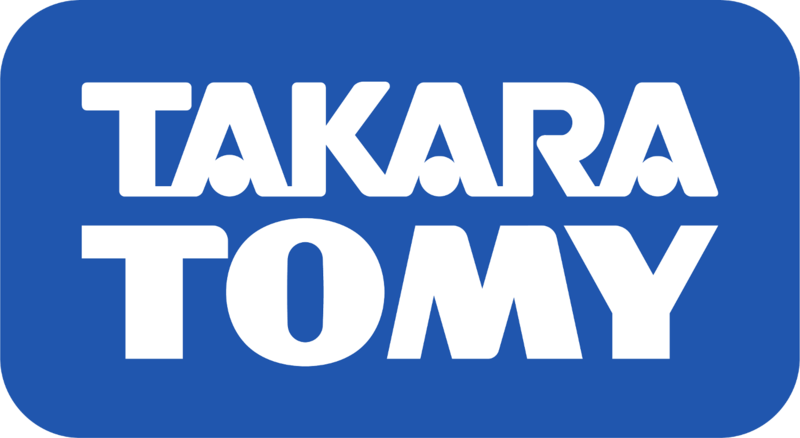 Largely a Japanese manufacturer of children's toys and baby products, Takara Tomy has established a number of different subsidiary companies, with sales offices and factories located in various locations around the world. The firm is the product of a 2006 merger-of-equals between Tomy and Takara.
Largely a Japanese manufacturer of children's toys and baby products, Takara Tomy has established a number of different subsidiary companies, with sales offices and factories located in various locations around the world. The firm is the product of a 2006 merger-of-equals between Tomy and Takara.
Takara Tomy produces N Scale model trains under their Tomytec division (we use the term loosely because it is actually a more complex relationship) using two different brand names "Tomytec" and "Tomix". Technically speaking these are not brands in the Western sense but rather they more closely resemble subsidiaries -of-subsidiaries, and where they fit in the corporate org chart may be the matter for a Master's thesis, but for our purposes we can think of them as simply two different brands with one manufacturer. In the past (prior to 1976) some model train products were branded simply "Tomy". To further confuse things, since 2000, outside of Japan, the company goes by the simple name, "Tomy" for their international subsidiaries.
If you consider both brand names as a single company, then the Tomytec/Tomix product line is the largest of its kind in Japan; with Kato following in second place (as of 2017). While Takara Tomy products are popular around the world, the firm's focus on children's toys has limited the international acceptance and distribution of its Tomytec model railroad products. Furthermore, unlike Kato, their focus tends to be heavily skewed towards Japanes prototypes.

Takara Tomy produces N Scale model trains under their Tomytec division (we use the term loosely because it is actually a more complex relationship) using two different brand names "Tomytec" and "Tomix". Technically speaking these are not brands in the Western sense but rather they more closely resemble subsidiaries -of-subsidiaries, and where they fit in the corporate org chart may be the matter for a Master's thesis, but for our purposes we can think of them as simply two different brands with one manufacturer. In the past (prior to 1976) some model train products were branded simply "Tomy". To further confuse things, since 2000, outside of Japan, the company goes by the simple name, "Tomy" for their international subsidiaries.
If you consider both brand names as a single company, then the Tomytec/Tomix product line is the largest of its kind in Japan; with Kato following in second place (as of 2017). While Takara Tomy products are popular around the world, the firm's focus on children's toys has limited the international acceptance and distribution of its Tomytec model railroad products. Furthermore, unlike Kato, their focus tends to be heavily skewed towards Japanes prototypes.
Item created by: CNW400 on 2021-04-05 16:03:12
If you see errors or missing data in this entry, please feel free to log in and edit it. Anyone with a Gmail account can log in instantly.
If you see errors or missing data in this entry, please feel free to log in and edit it. Anyone with a Gmail account can log in instantly.


